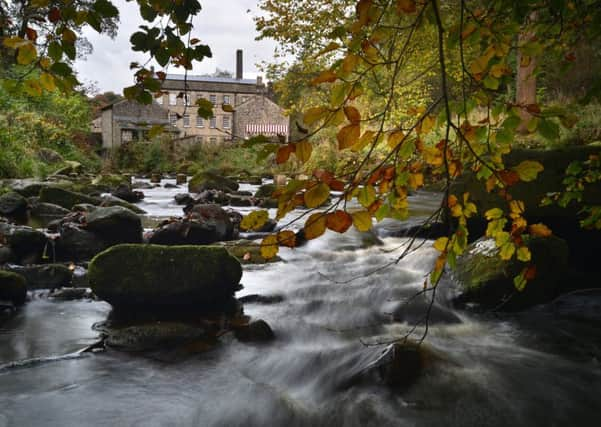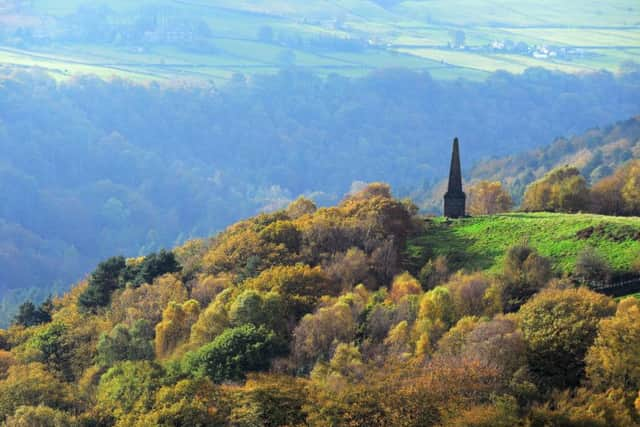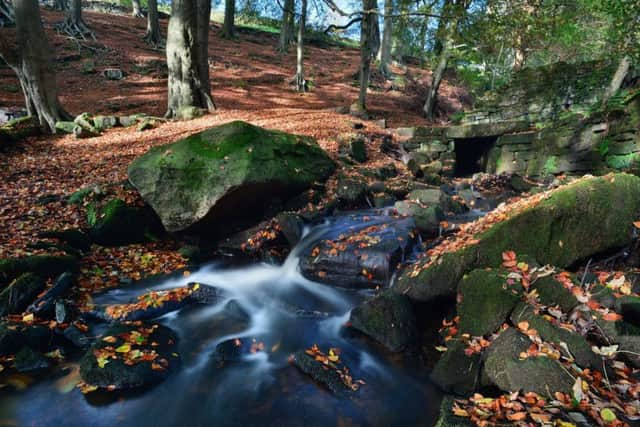Major tree felling plans for 19th-century woodland at Hardcastle Crags


The National Trust plans to chop down trees at Hardcastle Crags in Hebden Bridge in the autumn as part of a ten-year management plan. Half of all trees will be felled in some sections of the woodland.
The Trust is keen to address a lack of structural woodland diversity. Nationally, some 60 per cent of woodland species having decreased, and 34 per cent strongly so, over recent decades.
Advertisement
Hide AdAdvertisement
Hide AdSigns about the plan have gone up at the wooded valley which attracts an estimated 100,000 visitors a year, mainly to go walking and admire the 19th-century Gibson Mill that lies at its heart.


Much of Hardcastle Crags’ woodland dates back to the 1870s when it was planted as an attractive approach to Lord Savile’s shooting lodge at Walshaw, and it is covered by a Tree Preservation Order.
However the National Trust, said some areas had become densely populated with beech trees, causing heavy shading on the woodland floor and stunting plant growth.
A lack of plants sees water travel at increasing speeds over the land, causing sediment to build up in nearby streams and rivers and thereby increasing flood risk further down the valley.
Advertisement
Hide AdAdvertisement
Hide AdCraig Best, countryside manager at Hardcastle Crags, said: “As part of our woodland management plan this autumn, we’ll be carrying out some work selectively felling and thinning beech and conifer trees, including pollarding, which involves removing branches.


“This will allow more sunlight to reach the floor giving life to woodland species such as butterflies, birds and plants; and creating better conditions for natural regeneration of other tree species.”
The result of the work will be new habitats for bats, birds and other wildlife, and a diverse, resilient woodland that is better structured to respond to heavy rainfall events, climate change and plant health issues, he said.
Small, wooden leaky dams will also be built in the woods to help slow the flow of rainwater and reduce flood risk to Hebden Bridge.
Advertisement
Hide AdAdvertisement
Hide AdMr Best promised that the attractiveness of the woods will be protected. He said: “Hardcastle Crags is a special place for many people. We recognise that and would like to reassure our visitors that most areas of the woodland won’t look very different at all.
“Inevitably in a few areas there will be some impact in the short term. However this must be balanced with the benefits of carrying the work out and improving the health of the woodland in the longer term.”
A public open evening about the plans will be held at Gibson Mill on September 12 at 6.30pm.